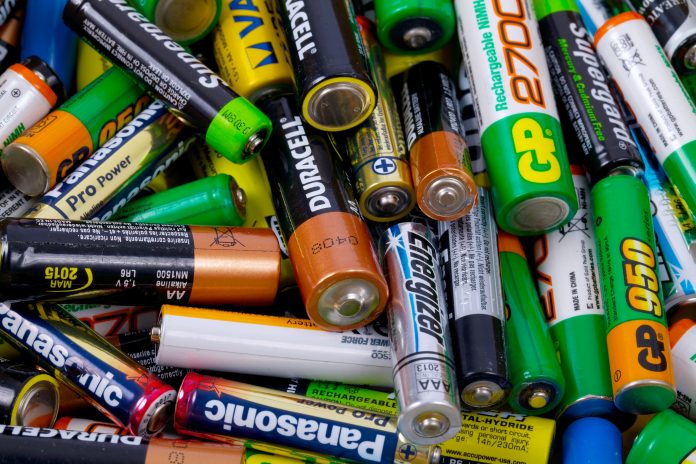Here, Bo Normark, Thematic Leader Smartgrids & Storage, EIT InnoEnergy explains precisely why the EBA is the catalyst for battery development in Europe
Even as recently as 2017, few believed large-scale battery production in Europe was possible. Today, it is a different story. Europe is on track to increase its battery production capacity 20-fold in the next seven years.
Launched in October 2017, the European Battery Alliance (EBA) is accelerating Europe’s move to its battery future. The EBA brings together key stakeholders to foster innovation, collaboration and the greater development of battery technology. Designed to cover the whole supply chain; the EBA has members involved in mining, refining, materials, cell production, battery packs and recycling. This whole value chain collaboration allows advancements in one area to be adapted into other parts of the chain.
Since launching, the EBA has overseen a dramatic rise of activity and innovation in storage. This journey is set to continue with Northvolt, an EIT InnoEnergy backed start-up, due to bring online its battery production hub later this year. But that is not all; Poland has cell production facilities that will be expanded and Umicore are investing in a plant for battery materials. Finland has new mines underway and investment from BASF in a factory for battery materials.
The battery eco-system is thriving. Start-ups are springing up to deliver new innovations, the automotive industry has set aggressive electric vehicle (EV) targets and supply chains are becoming more experienced. Despite this, it still continues to track behind the Asian market. It is catching up and aims to overtake by 2025 delivering a real success story for the EBA.
Unlocking the value of the battery supply chain across Europe will require the involvement of the Commission, member states and industrial players if it is to catch up and lead Asia.
The automotive sector is a keen focus on battery innovations. At present, Europe is the leading exporter in the automotive sector – with more than 50% of the global export sales value. EVs are growing in popularity, as this trend continues, Europe needs to ensure it has leading capabilities in battery technology to at worst, reduce reliance on imports and at best to prevent losing market share to Asian car manufacturers.
However, EVs are not the only focus for the EBA. Exciting innovations are also being developed around the recycling of batteries. Being resource intensive, recycling is key for batteries to be truly sustainable. Less than half of portable batteries are currently recycled in Europe – a percentage the EBA wants to improve. The next EBA event will shine the spotlight on recycling so the whole supply chain can discuss what needs to change to improve the process.
Collaboration is central to the EBA as the bridge between member states and industry. This includes the EBA having the eyes and ears of the Commission, to make sure the Commission prioritises the right policies to support the continued growth of Europe’s battery market. This collaboration idea extends into the possibility of having trusted partners supplying batteries for other products. As the market continues to be a hive of activity, utilising established factories and production facilities can help to quicken new innovations to market.
And innovations are flourishing. EIT InnoEnergy’s recent Global Call for Start-ups in the electrical storage space highlighted advancements in fast charging, portability and reduced costs, to name just a few. From over 200 global applicants, the final 10 were all European based start-ups – a testament to the hotbed of innovations in the region. Across Europe, companies are developing and refining current technologies, while others are looking for longer-term solutions to revolutionise the sector; both have one eye on new markets.
Brand new fields are becoming potential storage markets. The marine sector is looking to electrification. This provides a significant opportunity to develop capabilities for a new sector that needs to reduce its carbon footprint. Shipping provides unique challenges and opportunities for those looking to develop new technologies, such as battery duration and at-sea charging potential.
Developments in new markets could shake up the existing industry too. Lithium-ion batteries are currently king in the battery space. But this reign won’t be forever, especially in stationary batteries. Developers are increasingly keen on longer duration batteries and those capable of more cycles. This desire, plus the need to move away from precious metals, is likely to spur greater innovation in stationary battery types, all under the watchful guidance of the EBA.
As the race continues to be the market leader in energy storage, the EBA, in a remarkably short space of time, has mobilised Europe to come together and drive success. This has boosted the confidence of European actors and member states to deliver the next wave of innovation in battery storage, enabling the continent to snap at the heels of its Asian competitors.
Bo Normark
Thematic Leader Smartgrids & Storage
EIT InnoEnergy
www.eba250.com
http://www.innoenergy.com/
https://twitter.com/InnoEnergyEU











